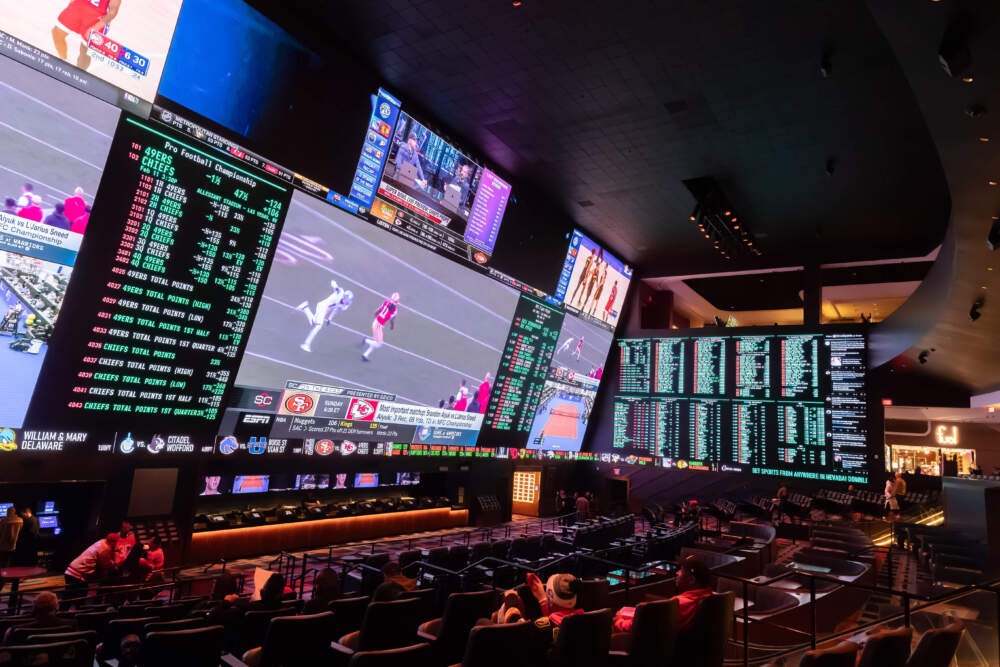In traditional sports betting, players usually bet around the outcome of the match, such as which team wins, the final score, or the season champion. However, with the advancement of technology and the development of mobile products, a faster and more exciting betting method is on the rise: microbetting. It not only changes the way audiences watch games but also redefines the pace and risk of sports betting.

What is microbetting?
Microbetting, also known as in-play microbetting, refers to a betting method where players bet on specific, instantaneous events during the match. These events can be:
A baseball pitcher whether the next pitch is a strike
A soccer player whether the next shot hits the goal frame
In a basketball game, whether a player's next free throw is successful
A tennis player whether to win the current service game
The betting cycle is measured in seconds, not by the whole game or half, truly achieving **"one ball, one bet", "a perfect match"**.
Why is microbetting rising?
The popularity of microbetting stems from several key factors:
Technology-driven: With the development of data capture and AI prediction models, betting companies can calculate the odds of each event in real time and display them to players within seconds.
Mobile trend: The rise of mobile betting platforms allows players to watch and bet continuously, enhancing the immersive experience.
User psychology fit: Modern players seek instant feedback and fast-paced excitement, and microbetting meets this demand.
Enhanced viewing interaction: Microbetting combines watching games with betting, making potentially boring mid-games or slow-paced matches exciting.
The risks and controversies of microbetting
Although microbetting is very attractive, it has also sparked a lot of controversy, especially in terms of betting regulation and integrity.
Manipulation risks: Compared to the outcome of the entire game, whether a ball deviates from the strike zone is easier to manipulate, raising concerns about integrity.
Stronger addictive: Due to the faster pace and higher frequency of betting, microbetting may exacerbate gambling behavior, especially in environments without cooling-off periods or limit mechanisms.
Legal regulation lagging: Many countries and regions have not yet established clear regulations for microbetting, leaving operator behavior in a gray area.
The future of microbetting
As the sports betting market globalizes, the proportion of young players increases, and the way of watching games continues to evolve, microbetting is expected to accelerate in multiple markets. Some innovative betting companies are developing gamified interfaces, AI-assisted betting assistants, and personalized recommendation systems based on microbetting to increase user stickiness.
However, the simultaneous construction of regulatory frameworks, integrity monitoring systems, and user protection mechanisms will determine whether microbetting becomes the "golden new frontier" of the betting industry or triggers a new round of industry crises.
Overall, microbetting represents the trend of the sports betting industry moving towards a "high-frequency, immersive, data-driven" era. It could be the future of the betting experience, as well as a test of regulation and ethics.









